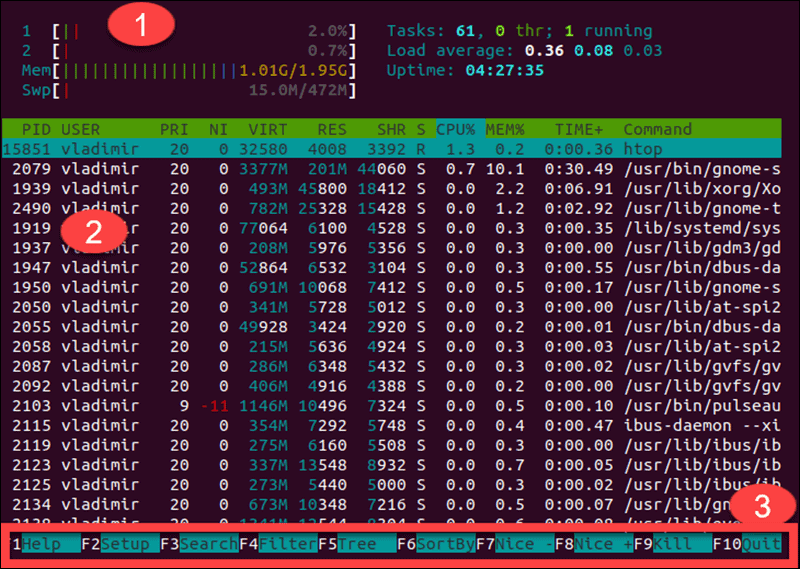

The sar command offers many more options and features, and you can explore them by referring to the command's manual page with the command man sar. These are just some examples of how to use the sar command on Linux. This will save the CPU usage data to the cpu_data.log file. Save data to a file: To save the data to a file, you can use the -o option to specify the output file name.This will display the network usage statistics for all network devices. View Network usage data: To view network usage data, run the following command:.This will display the memory usage statistics for every 10 minutes. View Memory usage data: To view memory usage data, run the following command:.You can change the time interval by specifying a different number with the -i option. This command will display the CPU usage for every 10 minutes. For example, to view CPU usage data for the current day, run the following command: View system activity data: Once the sysstat package is installed, you can use the sar command to view the system activity data.To install it, run the following command as the root user: Install the sysstat package: If the sysstat package is not installed on your Linux system, you need to install it first.Optimize Your System’s Power Settings Another simple way to fix high CPU usage in Linux is to make sure that your machine can fully utilize its system resources.


It will display all you need to know, however it wont be as pretty as with the other. Here's how to use the sar command on Linux: To install it in Ubuntu, run the following command: sudo apt install abiword 7. This command lists a variety of tasks regarding CPU load and memory usage. The sar command is a useful utility in Linux that is used to collect, report, and store system activity data such as CPU, memory, and network usage over a period of time.


 0 kommentar(er)
0 kommentar(er)
